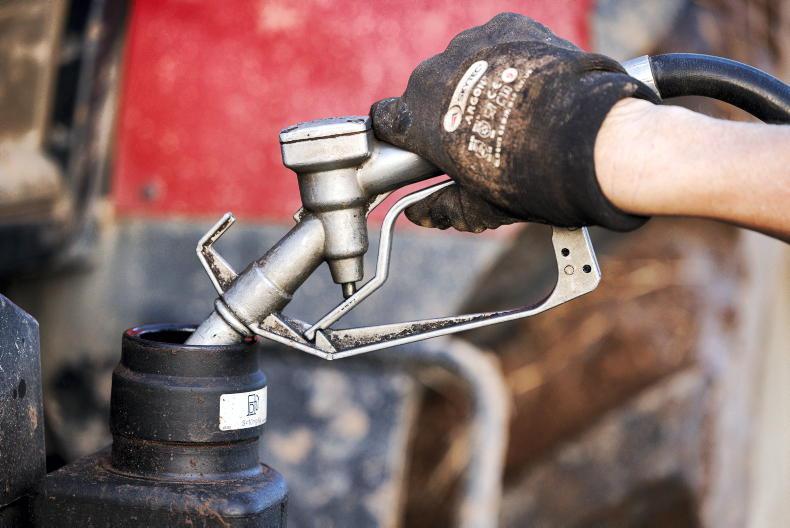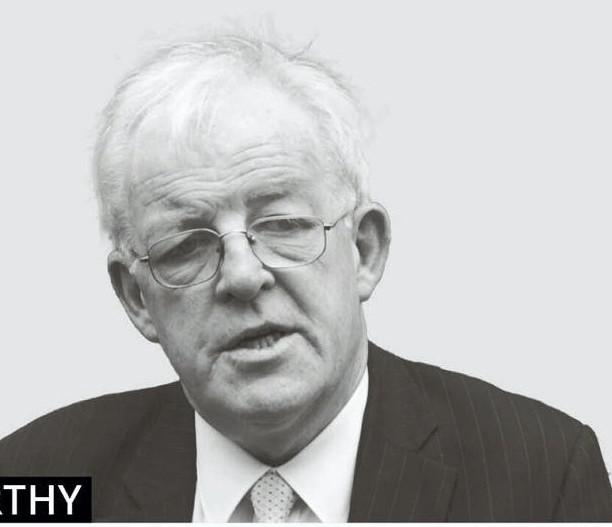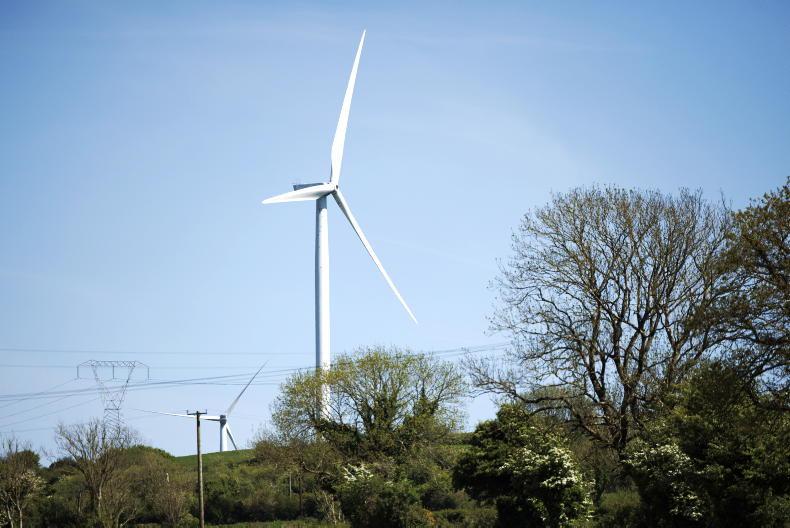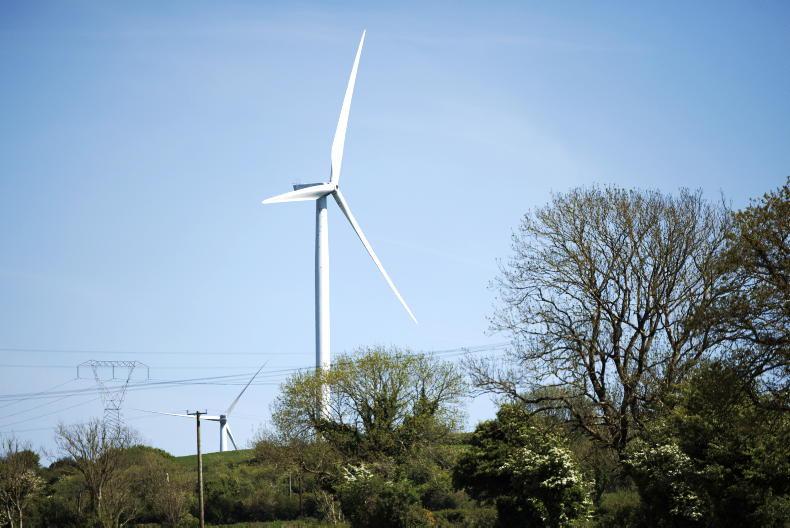The launch of the microgeneration support scheme in February 2022 by Minister Eamon Ryan was hailed as a game-changer. The scheme allowed anyone who generated renewable electricity on their home, farm or business to export surplus electricity back to the grid and get paid.
However, for 907 people, many of whom are farmers, who participated in the original microgeneration scheme between 2009 and 2014, this move has ended up costing them thousands.
Microgeneration pilot scheme
From 2009 to 2014, the ESB operated a microgeneration pilot scheme which would pay producers of electricity 9c/kWh for electricity exported to the grid. Generators were also paid a top-up of 10c/kWh for the first 3,000 units of electricity exported to the grid.
This scheme facilitated the investment in 907 small-scale renewable energy investments, with most of these being small-scale wind turbines from 6kW to 11kW and a small number of hydro turbines.
Few solar PV systems took part in the scheme, as the technology wasn’t as widely adopted back then as it is today. Electricity exported to the grid was recorded on an import-export meter, with readings sent to the ESB remotely.
In all cases, the farmers invested in the renewable energy system without any grant aid, under the basis that they would get paid guaranteed payments for the electricity they produce. The investments weren’t small, with small-scale wind turbines costing in excess of €40,000 to €60,000. Typically, farmers on a single-phase connection would install a 6kW turbine, while those on a three-phase would install an 11kW turbine.
Smart meters
Problems began to arise when the new microgeneration scheme was introduced in 2022. Under the scheme, in order to get paid for electricity exported back to the grid, farmers had to install smart meters.
This meant that readings from the old import-export meters, which were installed in the early microgeneration projects, were no longer accepted. However, as the rollout of smart meters didn’t begin until 2019, many of these farmers still didn’t have a smart meter in place.
While these farmers were still paid, the payment was based on an estimated amount using a formula provided by the Commission for Regulation of Utilities and calculated by ESB Networks.
While farmers were entitled to a higher payment under the new scheme compared to the original pilot, they quickly noticed that the volume of electricity exported to the grid was significantly higher than the amount determined under the export formula. This meant that, in many cases, farmers were exporting thousands of euros worth of electricity back to the grid and not getting paid for it.
Three-phase
The ESB Networks smart meter programme rollout has 1.65m meters installed so far. Currently, the programme is rolling out installations of single-phase meters up to 16kVA. While smart meters have been rolled out to many single-phase farms, many of these farmers are still waiting. It was originally planned to commence installation of three-phase meters from Q1, 2024, but according to the ESB, there were technical issues, with the solution that could not be provided in a timely manner. Work has started on a new three-phase solution that is currently expected to be available for rollout from Q2, 2025.
Single-phase 29kVA
However, many farms are on single-phase 29kVA connections. These farmers typically have a higher energy demand, such as dairy farms. They face the same problems as three-phase connections. However, unlike the three-phase smart meter rollout, it remains unclear when higher capacity single-phase smart meters will be available.
Impact
It feels like farmers who were early leaders in renewables by investing in small-scale wind turbines to help get the Government microgeneration scheme off the ground are being punished. This is according to Pat McMahon from west Clare, who has been assisting farmers and owners of small wind turbines impacted by this.
He said that based on average numbers, farmers could be missing out on €2,000-€4,000 per year when the deemed export formula is used. Other farmers are losing out on considerably more, he added. As it stands, there appears to be no intention to backdate payments for this lost income.
Smart meters are needed to get paid for what you export to the grid.
A deemed export formula is used until a smart meter is installed.
Farmers in the original microgeneration pilot scheme are losing out on thousands.
There are no plans to backdate farmers for lost income.










SHARING OPTIONS